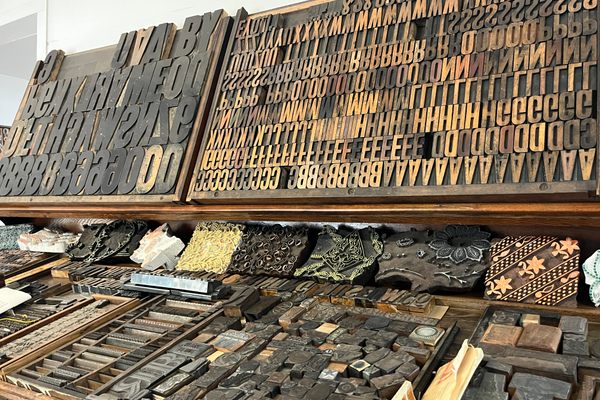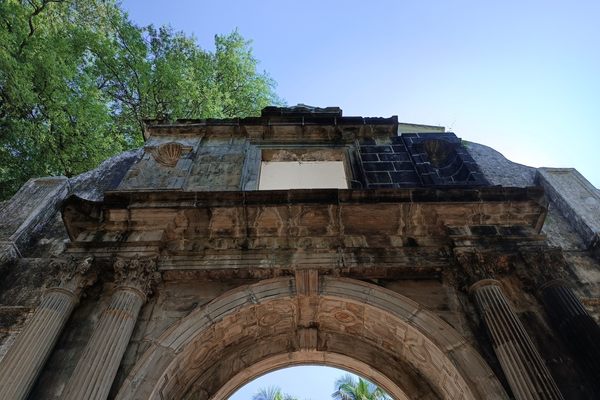About
The Government Printing Office is perhaps the largest publisher of reading materials that nobody is ever likely to read, featuring arcane tomes like the Congressional Record and hardcopies of the 2,000-page Federal Budget.
The hardcopy printing operation has become an anachronism in the age of PDF, but a century ago the huge brick GPO building played a key role in the U.S. democracy’s office supply operations.
Before Congress established its own print shop, it relied on local newspapers to fulfill piecemeal contracts. That arrangement worked fine in the early years of the United States, when the Federal Government had only five departments. The Treasury office staff was by far the largest in the year 1800, with 75 employees. The State Department only had five.
According to a history of the office titled 100 GPO Years, all that changed during the Civil War, when “Government printing orders mushroomed. Presses jammed every corner. Machines in private shops were rented. Paper doubled, trebled in cost, and became almost unobtainable.”
On March 4, 1861 the Government Printing Office was established to put an end to the “free enterprise” system and impose some regularity. 100 GPO Years recalls the words of Congressman John A. Gurley, who took to the House floor that same day to speak on the importance of the occasion:
“It is unlike any other department of Government service. For ships you can wait; for guns you can generally wait; and, ordinarily, you are in no special hurry for the various munitions of war; but you cannot be deprived of your printing for a single day without serious embarrassment and loss of time.”
“In the sense, therefore, of a leading element of the law-making power, the public printing underlies your armies, it underlies your navies, and every other arm of the national service; and in this important particular, therefore, bears no analogy to the other departments of the Government.”
Government printing needs have declined significantly in recent decades and the GPO has been reducing hardcopy production in favor of online publication. In 2013 it printed only 25,000 copies of the 2,000-page Federal Budget (5,000 fewer than in 2011), and in 2014 the GPO’s name was updated from “Printing” to “Government Publishing Office.”
The GPO’s hardcopy operation isn’t likely to ever disappear completely. GPO continues to distribute hard copies to participating libraries around the country through its FDLP program. Print copies of all congressional documents are mandated by law, and repeal of the obscure provision probably ranks near the bottom of lawmakers’ legislative agenda.
Related Tags
Know Before You Go
The GPO has permanently closed its bookstore, though they sell publications online. GPO print publications may also be available at your local university library. Visit fdlp.gov for a list of participating libraries.
Community Contributors
Added By
Published
January 23, 2017















































